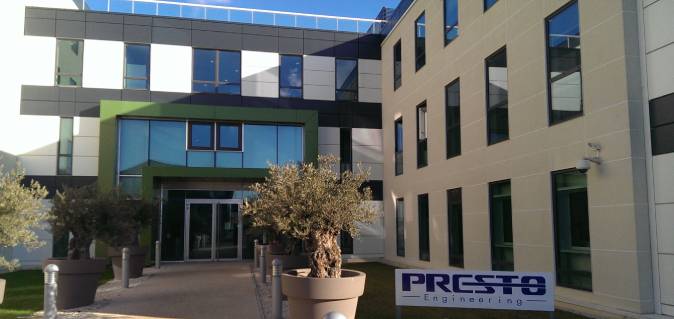
Intelligent Features for Efficiency and Cost Reduction
Presto’s power management IC (PMIC) solutions for energy harvesting applications provide intelligent features that promote power conservation, simplify system design, decrease end-product size, and reduce costs. The energy harvesting (EH) IC includes an integrated voltage regulator, which can supply power to IoT devices
Intelligent Features for Efficiency and Cost Reduction
Power Management IP possibilities
Our power management IP is aimed at managing energy harvested from light and thermal energy harvesting generators. The power management module on the chip
controls efficient power storage, operation of the load, sleep duration, and it helps your product achieve energy neutral operation. By offering intelligent features to support power
conservation which eases system design, you are able to reduce size of the end-product, reduce cost of the system and accelerate your time to market.


Energy harvesting feature
When configured, the EH IC manages the duty cycle between active and sleep modes by determining when to disable or enable the voltage regulator. Once the IoT device is in active mode and has completed any measurements or data processing, it can signal the EH IC to disable the regulator output. If the IoT device fails to signal the EH IC within a pre-programmed timeout period, the regulator output will be disabled. However, the IoT device can also compel the EH IC to continue providing power as needed. After a pre-programmed time in sleep mode, the EH IC reactivates the voltage regulator, allowing the IoT device to reenter active mode and then the cycle repeats. During normal operation, the EH IC continuously monitors battery level. If the
battery level drops below a pre-programmed threshold, the EH IC will cut power to the IoT device.
Moreover, IoT devices can request on-demand information about battery levels and harvested energy. This data can be utilized to implement measures that extend battery life
Sources of energy harvesting generator
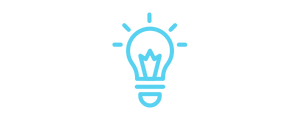
Light
Solar panel power generation depends on light availability, type of light, and solar cell used. On average, Earth's irradiance is around 1000 W/m2. High-quality monocrystalline cells generate 20mW/cm2, while cheaper amorphous silicon cells generate 8-10mW/cm2. Indoor lighting type and low light levels significantly affect solar cell performance. Under living room light, power output is a few μW/cm2, while on an office desk, it reaches 10s of μW/cm2. Consequently, larger panels are needed on well-lit surfaces to power devices.
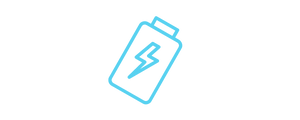
Temperature differences
Thermoelectric effect is when a temperature difference is converted into an electrical current. If you maintain a thermal difference across a thermoelectric generator, it is possible to produce electrical power. Small thermal differences of a few degrees may generate a few mW/cm2 while differences of 100 degrees may generate up to 400mW/cm^2.
Heat from thermoelectric generators might be a possible candidate for powering wearable devices
 ASIC Design Solutions
ASIC Design Solutions
 IP Platforms
IP Platforms
 Semiconductor Manufacturing
Semiconductor Manufacturing
 Test Services
Test Services
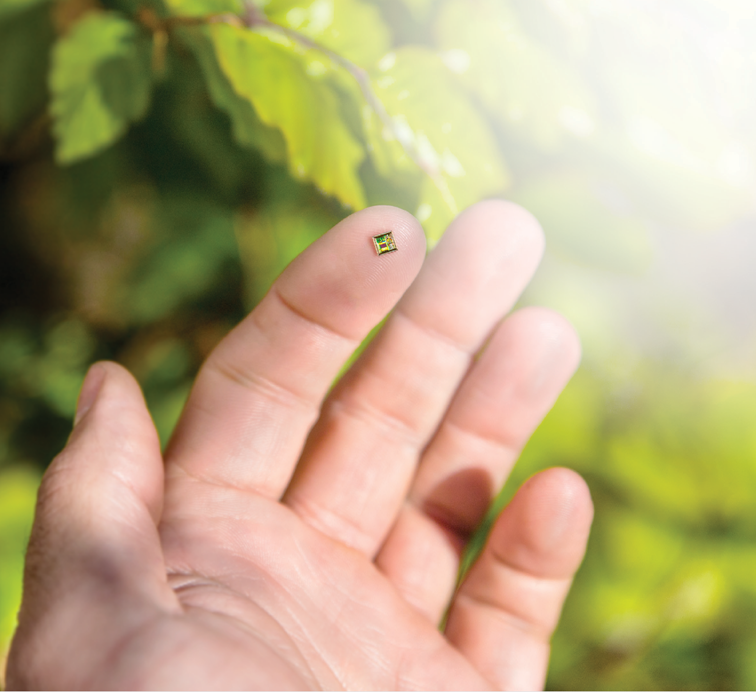

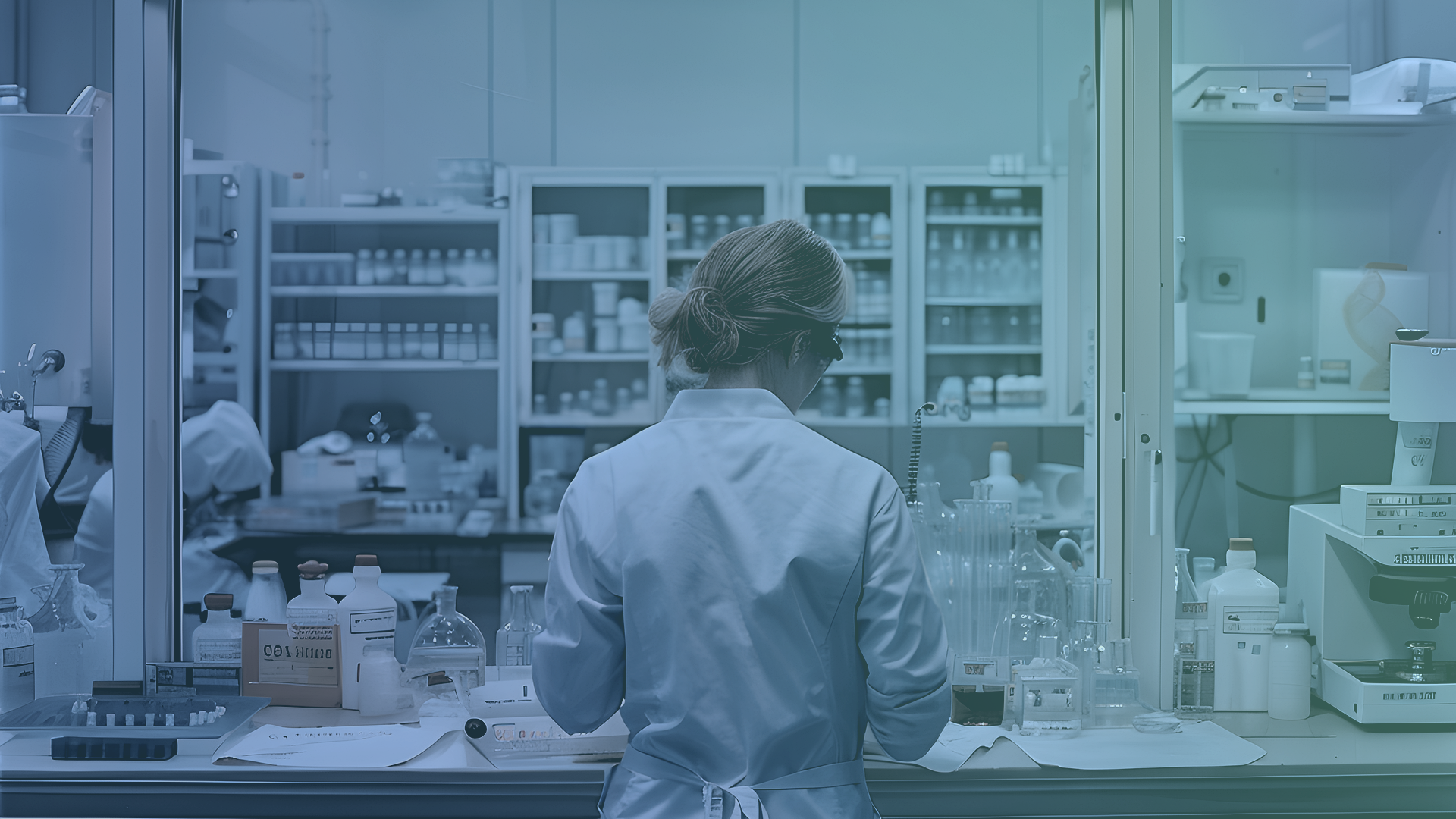
.png)


